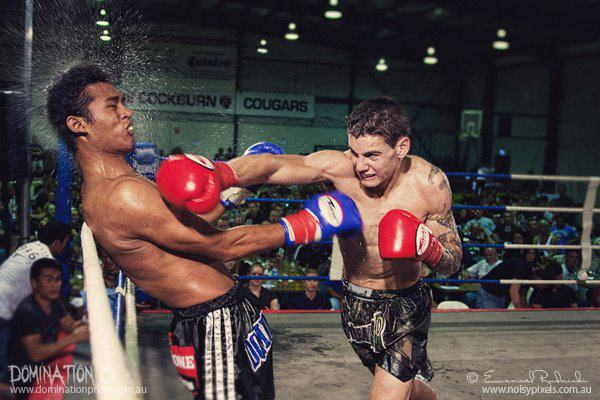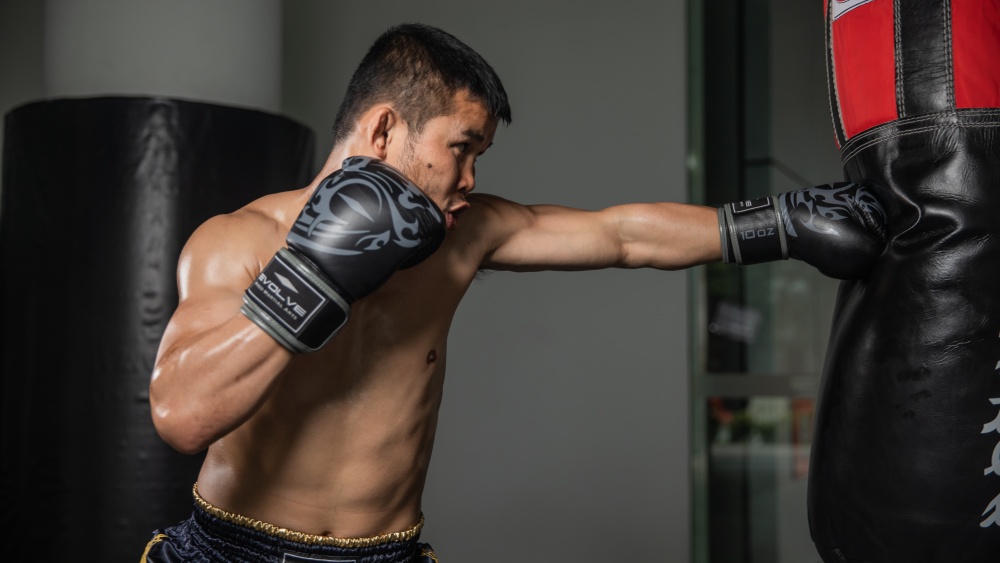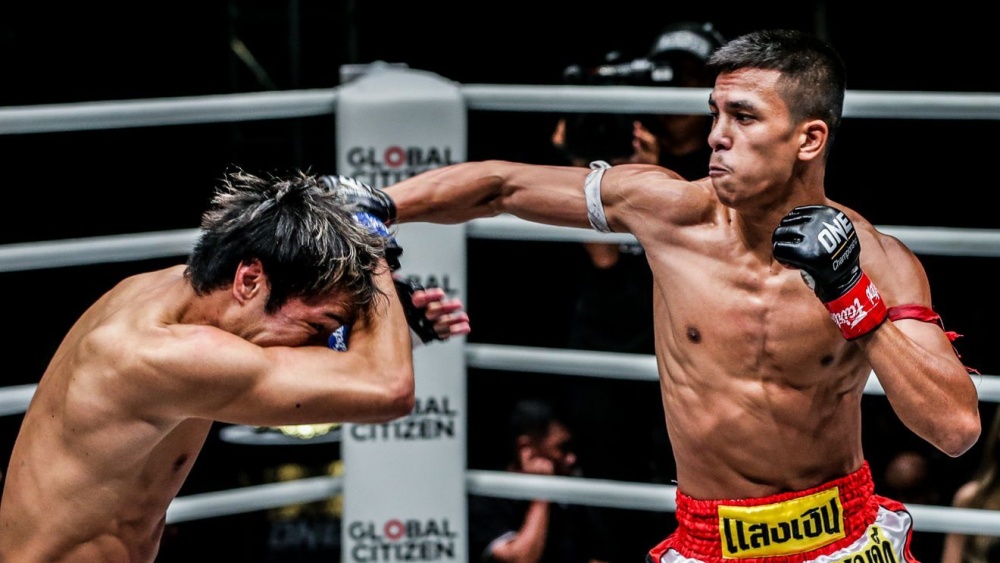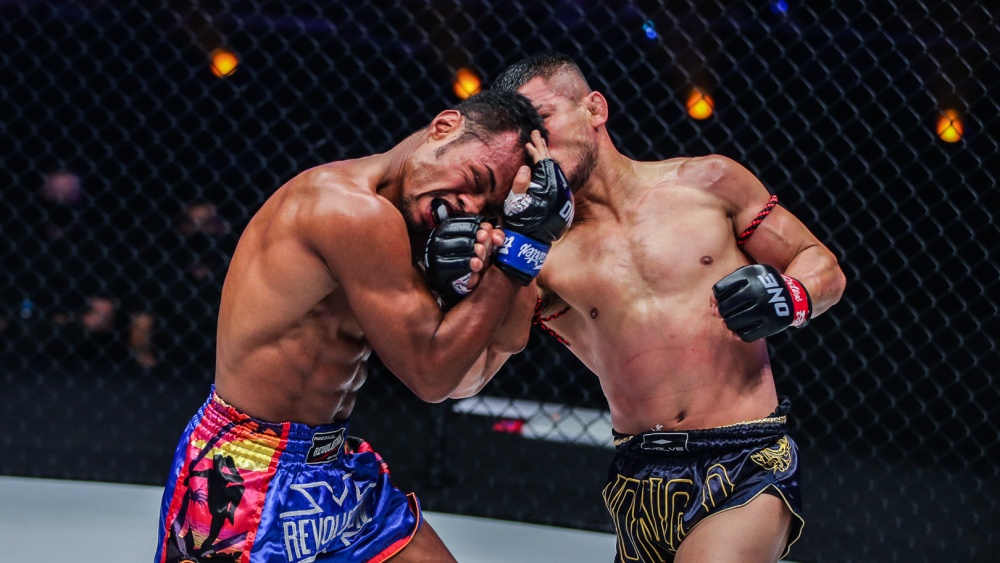
What does Muay Thai stand for?
Muay Thai, also known as Thai Boxing, is Thailand’s national sport with a history dating back to the 13th century during the Sukhothai Kingdom. It earned the nickname “Art of 8 Limbs” for using punches, elbows, knees, and kicks in contrast to other stand-up combat sports like boxing and karate.
Today, Muay Thai is not only popular in Thailand but also practiced worldwide. It originated from the traditional Thai martial arts, Muay Boran, and evolved into a modern combat sport in the early 20th century, influenced by British boxing.
Muay Thai involves stand-up striking with competitors using punches, elbows, knees, and kicks. It distinguishes itself with traditional elements such as the Wai Kru Ram Muay pre-fight dance, the Mongkon head dress, and Sarama music. The sport’s history traces back to the Sukhothai dynasty, and famous stories, like that of Nai Khanom Tom, contribute to its legacy.
In the modern era, Muay Thai has gained global popularity, incorporating rules similar to Western boxing with padded gloves, rounds, and a ring. While it retains traditional strikes from Muay Boran, dangerous techniques are prohibited for safety. Muay Thai’s effectiveness in stand-up striking makes it a choice for many mixed martial artists. The Lumpinee and Rajadamnern stadiums in Bangkok are prestigious arenas for Muay Thai competitions. Explore this ultimate guide for comprehensive information on Muay Thai.
Muay Thai Techniques Simplified for Beginners
Muay Thai techniques are grouped into attack, defense, and counter moves. To master Muay Thai, consistent practice is crucial to make these techniques second nature.
Basic Stance and Movement:
Begin with the proper stance – chin tucked, body upright, hands in a guard position, and feet shoulder-width apart. Right-handed fighters lead with their left foot, while left-handed (Southpaws) reverse this.
Attacking Techniques:
Punches: Include jab, cross, uppercut, hook, overhead punch, and spinning back fist. Power is generated from the feet up, emphasizing hip and shoulder rotation.
Elbow Strikes: Effective and diverse, ranging from sideways to top-down and spinning back elbows. Well-executed elbows can knock out opponents or cause cuts.
Kicks: Delivered with the shin, kicks can target legs, body, arms, back, or head. Variations include roundhouse, jumping kick, spinning back kick, axe kick, and the acrobatic cartwheel kick.
Knee Strikes: Close-range weapons used in clinching, targeting the body, thighs, or head. Jumping knee strikes can be devastating.
Teep (Push Kick): Used for defense or offense, it can keep opponents at a distance or be a powerful strike.
Clinch: Involves grappling, incorporating knee and elbow strikes. Clinching requires years of practice and allows takedowns.
Defense Techniques:
- Blocks: Defend against strikes.
- Lean Backs: Evade attacks by leaning backward.
- Deflections: Redirect incoming strikes.
- Leg Catches: Grab opponent’s leg during kicks.
- Dodges: Move out of the way to avoid attacks.
Combinations (Combos):
Combine various techniques into sequences for effective attacks or counters. Example: jab-cross-low kick.
How to Improve in Muay Thai:
- Consistent Practice: No shortcuts; drill techniques daily.
- Cardio and Strength: Cardiovascular and strength training are vital.
- Trainers (Krus): Trust and respect trainers for guidance.
- Persistence: Progress comes from pushing limits regularly.
Benefits of Muay Thai:
- Calorie Burner: Burns up to 1000 calories per session.
- Self-defense: Effective combat art for self-protection.
- Mental Toughness: Builds perseverance and mental fortitude.
- Self-Confidence: Improved physique enhances confidence.
- Endorphin Rush: Promotes well-being and stress relief.
- Strengthens the Body: Intensive training improves overall fitness.
- Widens Social Circle: Fosters camaraderie among practitioners.
- Fun: Engaging and varied training makes it enjoyable.
- Lowers Blood Pressure: Cardio-intensive, reducing hypertension risk.
- Easy to Learn: Straightforward moves, no elaborate choreography.
Dress Code Muay Thai
- In professional Muay Thai competitions, official fightgear is often provided, emphasizing the sport’s traditions and culture.
- Unique accessories like the Mongkhon (headgear) and Prajiads (armbands) are considered sacred, believed to bring protection and good luck.
- Mongkhons, handmade by trainers, undergo a ritual blessing by monks before being worn by fighters.
- Fighters wear Mongkhons during the Wai Khru Ram Muay and remove them in a ritual after its completion.
Muay Thai Training Attire:
- Muay Thai shorts are standard, with men often going topless due to the heat in Thailand.
- Outside Thailand, Muay Thai shorts are paired with exercise tank tops or t-shirts for both men and women.
Muay Thai Gloves:
- Muay Thai gloves differ from traditional boxing gloves, offering even padding for protection against elbows and kicks.
- Lace-up gloves (6oz to 10oz) are used for professional fighting, while velcro closures are common for training and sparring.
- Both types provide wrist and hand support.
Muay Thai Shorts:
- Muay Thai shorts, inspired by western boxing shorts, are shorter to allow freedom of movement, typically reaching mid-thigh.
- Made from satin, nylon, or polyester-blend fabric for comfort and lightweight feel.
Accessories:
- Hand Wraps: Provide wrist and hand support, minimizing injuries during boxing. Reusable for training, while bandages are used in competition.
- Ankle Guards: Optional but offer warmth and support for ankles, aiding balance and reducing the risk of injuries.
Difference in Dress Code Over Time:
- In the early years, hemp rope was used for hand wrapping in a more brutal form known as Kard Chuek.
- Kard Chuek fights still exist, featuring 4oz gloves and rope wrapping to pay homage to the legacy of this historical practice.
